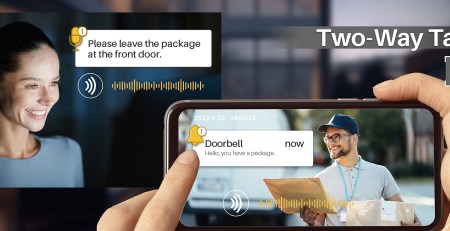Future of Security Surveillance Technology
Since the days of grainy black and white footage and bulky cameras, security surveillance technology has advanced significantly. Today, with the rapid advancement of technology, surveillance has become an indispensable tool for protecting people and property. With the emergence of artificial intelligence and machine learning, the future of security surveillance technology is looking brighter than ever.
Here are a few trends that the development of security surveillance technologies will likely follow.
Improved Image Quality
The improvement in image quality is one of surveillance technology’s most important developments. With the introduction of 4K and even 8K cameras, security professionals can capture more detail than ever before. In the event of a crime, it will be simpler to identify suspects because of these high-resolution cameras’ ability to clearly capture photos of people’s faces and license plates.
Artificial Intelligence and Machine Learning
The way security personnel view and analyze surveillance data is being revolutionized by machine learning (ML) and artificial intelligence (AI). AI and ML algorithms can identify patterns, anomalies, and suspicious behavior that would be impossible for a human operator to detect. This technology can help detect potential threats in real-time and alert security personnel, preventing crimes before they occur.
Facial Recognition
Facial recognition technology has already made its way into our daily lives, and it’s only going to become more prevalent in the future. This technology can quickly identify individuals, allowing security professionals to keep track of who is coming and going from a particular area. However, the employment of facial recognition technology is debatable due to worries about civil liberties and privacy.
Cloud-Based Surveillance
Increasingly more people are using cloud-based surveillance because of its adaptability and scalability. Security pros can monitor many places at once with cloud-based surveillance since they can access video footage from any location with an internet connection. Furthermore, cloud-based surveillance may be more affordable than conventional on-premise solutions.
Drones and Robotics
In the security sector, robotics and drones are increasingly common. Drones equipped with cameras can be used to monitor large areas quickly, and they can even be programmed to fly a specific route autonomously. Robotics can also be used to patrol areas and can be equipped with cameras and sensors to detect suspicious behavior.
In conclusion, security surveillance technology appears to have a promising future. With the introduction of AI, ML, and high-resolution cameras, security professionals can monitor and protect people and property more effectively than ever before. However, with the increased use of technology comes increased concerns over privacy and civil liberties, and it’s essential to find a balance between security and individual rights.













